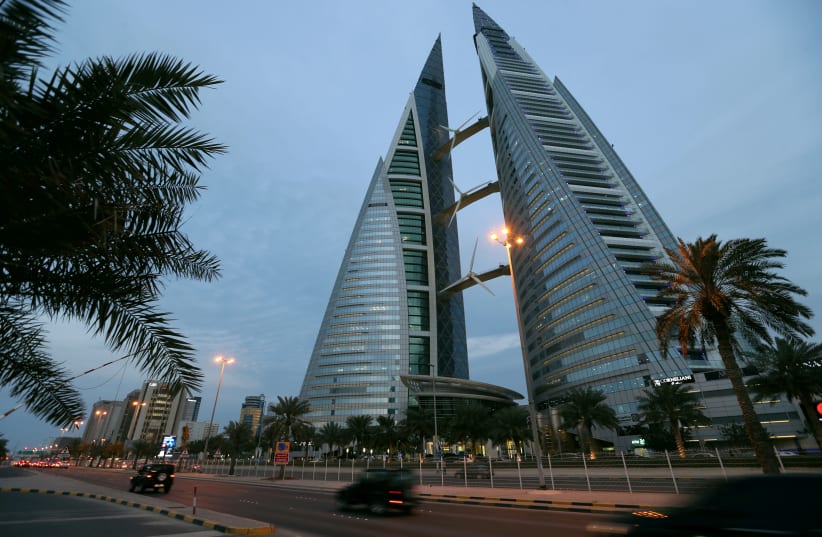This morning, at the tiny synagogue in Manama #Bahrain, a group of Jewish attendees at the American peace workshop gather to pray. With them, singing “Am Yisrael Chai” (the nation of Israel lives) is @jdgreenblatt45. Video: @HerbKeinon pic.twitter.com/BusBY3fSXN
— Noa Landau נעה לנדאו (@noa_landau) June 26, 2019
A special opportunity to daven(pray) this morning with a minyan(quorum) in a synagogue in Bahrain. Great way to start today. I was asked what I prayed for- two things: my family, who I miss deeply and of course for peace. This is an example of the future we can all build together pic.twitter.com/kqHlEZyvoT
— Jason D. Greenblatt (@jdgreenblatt45) June 26, 2019
It was a very special moment for all of us as we took in how this is the oldest synagogue in the Gulf and how Bahrain appreciates and supports its Jewish community. Thank you to my dear friend @HerbKeinon from @Jerusalem_Post for taking this photo pic.twitter.com/2IkO5ll5Mf
— Rabbi Marc Schneier (@RabbiMSchneier) June 26, 2019
Am Yisrael Chai in Bahrain's synagogue. pic.twitter.com/EWhSSy48Ci
— Herb Keinon (@HerbKeinon) June 26, 2019
